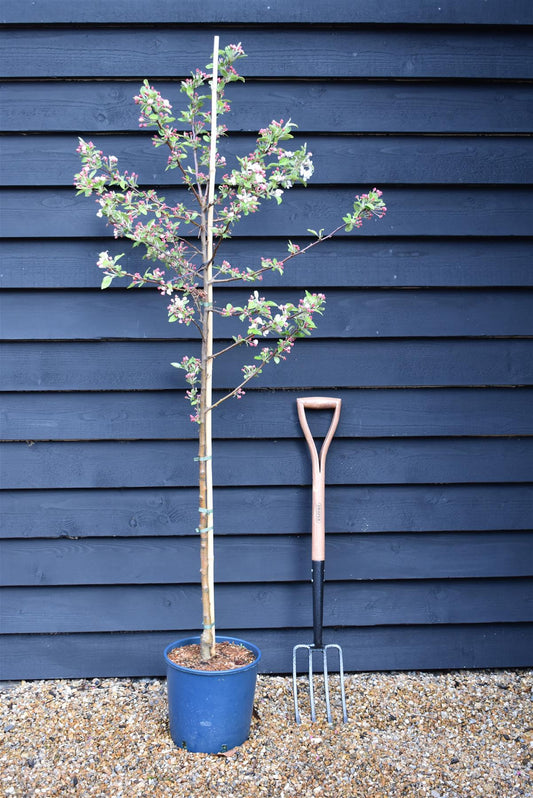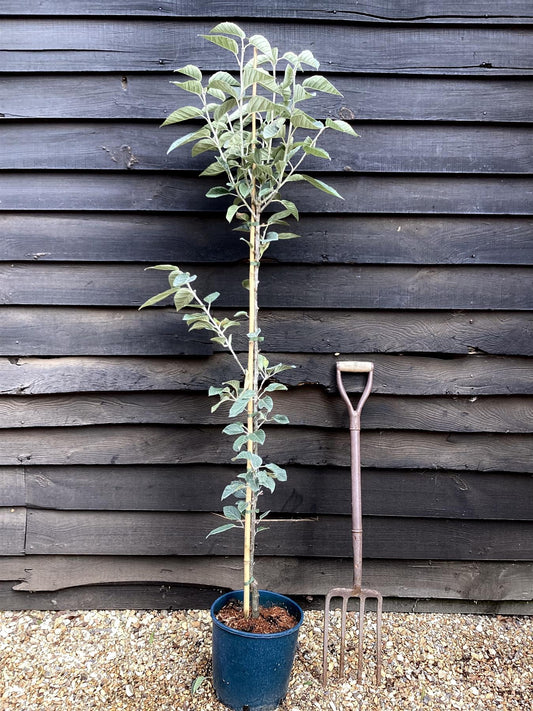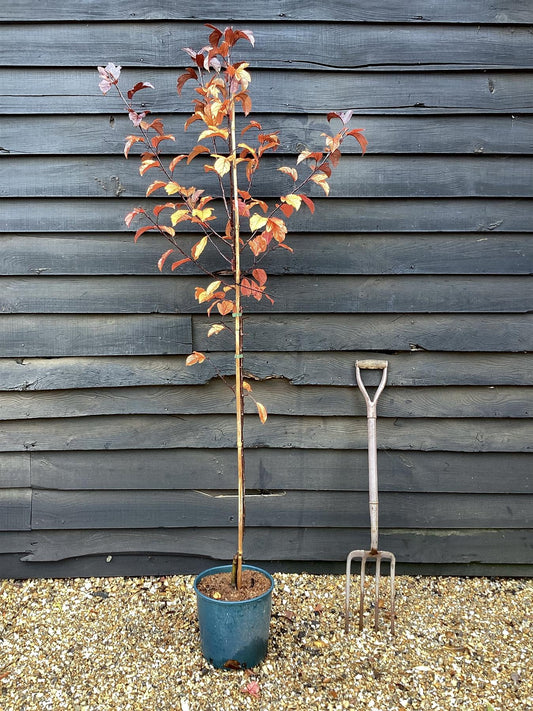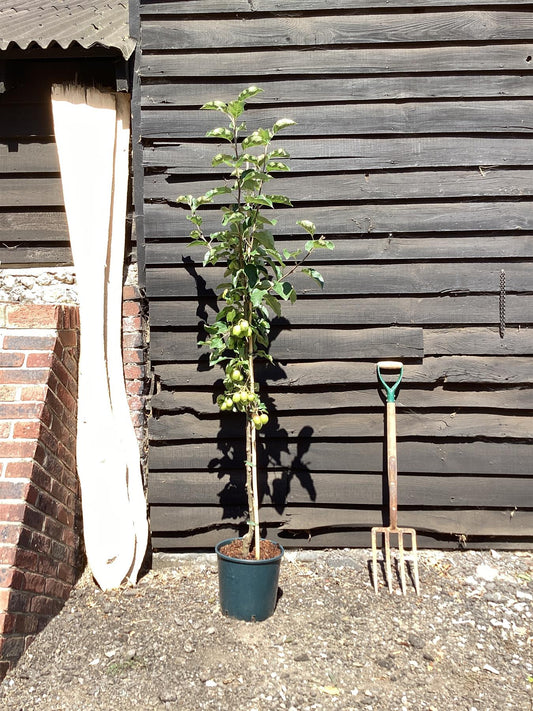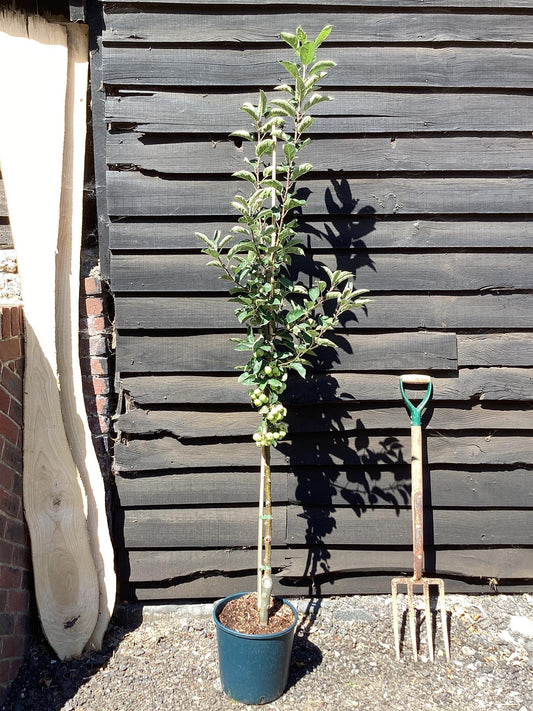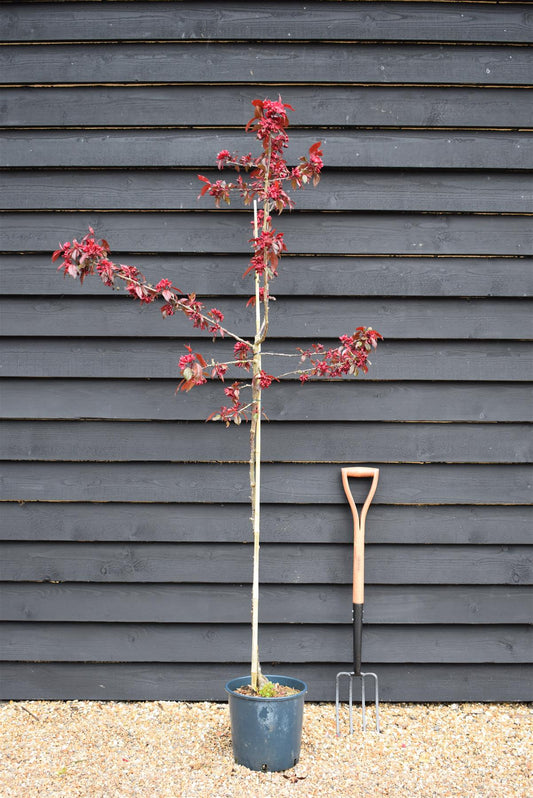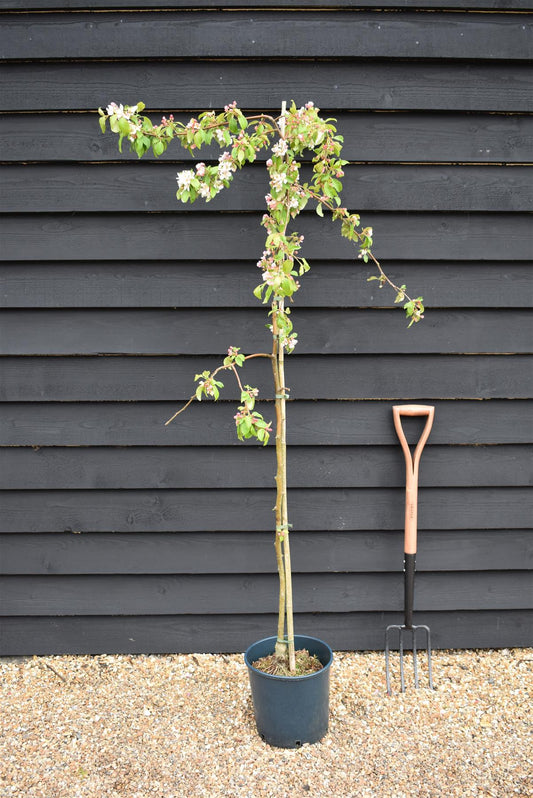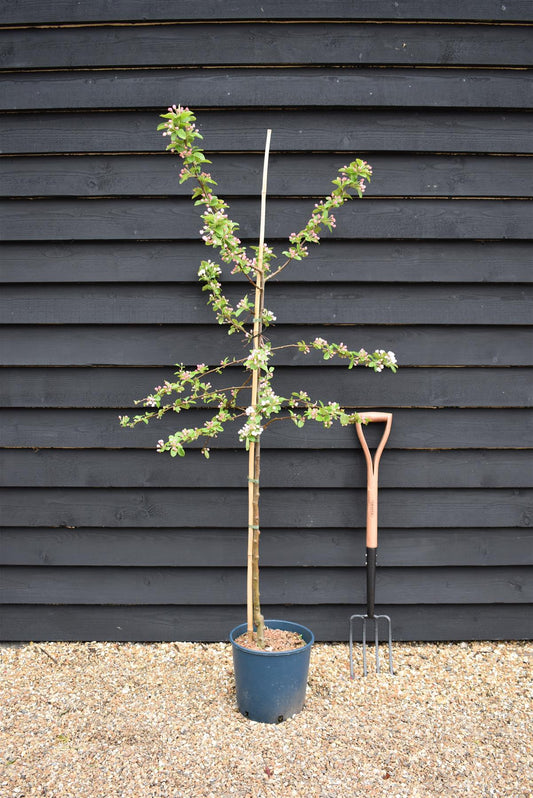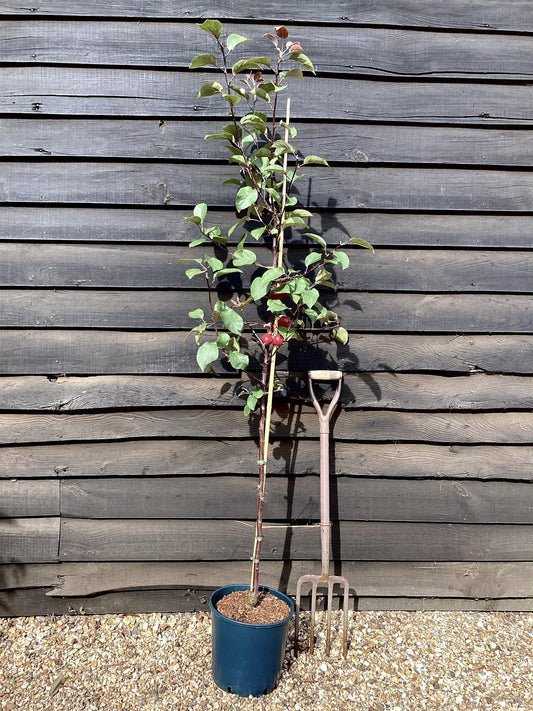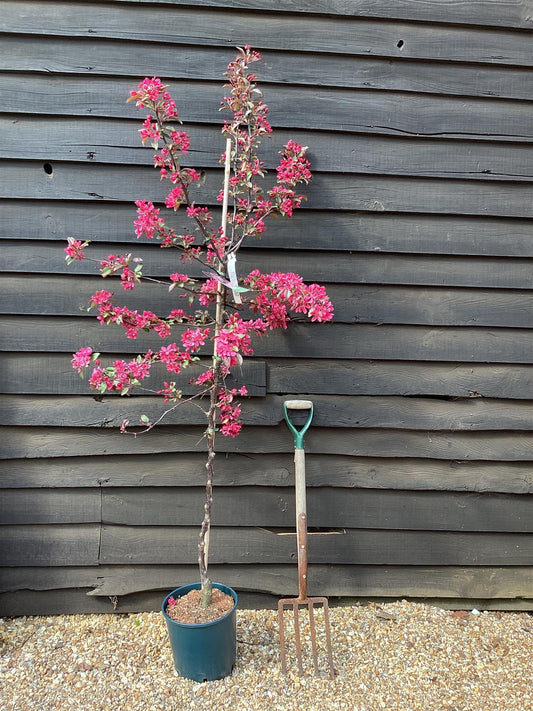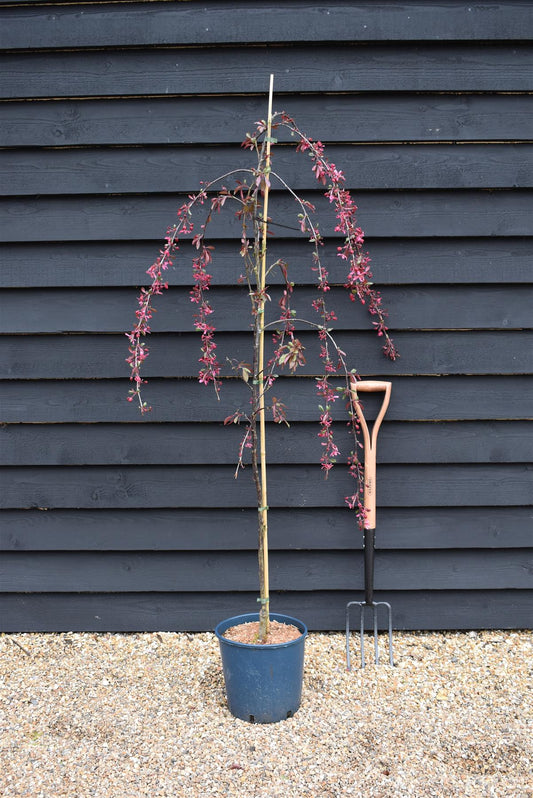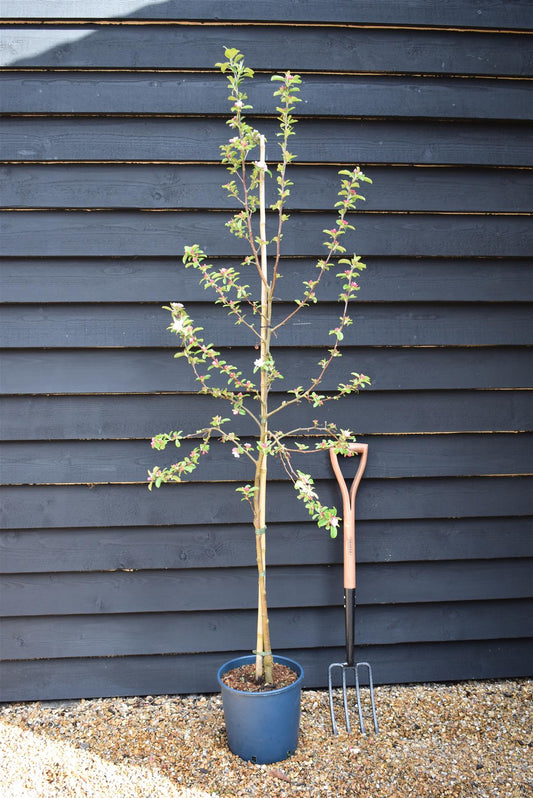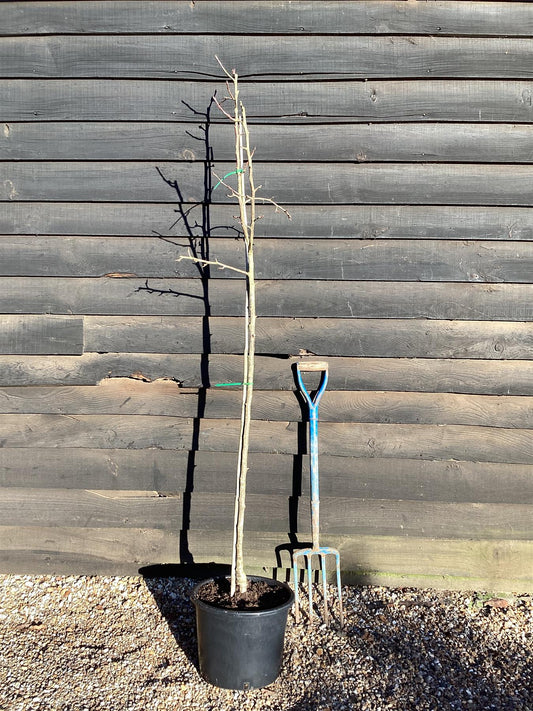-
Malus 'Evereste' | Crab Apple Tree, Clear Stem - 200-250cm, 10lt
Regular price £68.00 GBP£68.00 GBP Regular priceUnit price per -
Crab apple | Malus tschonoskii - 160-180cm - 12lt
Regular price £72.00 GBP£72.00 GBP Regular priceUnit price per -
Crab apple | Malus toringo 'Scarlett' - 160-180cm - 12lt
Regular price £72.00 GBP£72.00 GBP Regular priceUnit price per -
Malus Fruitilicious | Culinary Crab Apple Tree, Clear Stem - 180-200cm, 10lt
Regular price £76.00 GBP£76.00 GBP Regular priceUnit price per -
Malus 'Golden Hornet' Flowering Crab Apple Tree, Clear Stem - 180-220cm, 10lt
Regular price £76.00 GBP£76.00 GBP Regular priceUnit price per -
Malus Direktoer Moerland | Improved Profusion Crab Apple Tree, Clear Stem - 200-250cm, 10lt
Regular price £76.00 GBP£76.00 GBP Regular priceUnit price per -
Malus Neville Copeman | Purple Crab Apple Tree, Clear Stem - 200-250cm, 10lt
Regular price £76.00 GBP£76.00 GBP Regular priceUnit price per -
Malus Royalty | Purple Flowering Crab Apple Tree, Clear Stem - 200-250cm, 10lt
Regular price £76.00 GBP£76.00 GBP Regular priceUnit price per -
Malus Crimson Cascade | Purple Weeping Crab Apple Tree - 200-250cm, 10lt
Regular price £76.00 GBP£76.00 GBP Regular priceUnit price per -
Malus Red Jade | Weeping Crab Apple Tree - 200-250cm, 10lt
Regular price £76.00 GBP£76.00 GBP Regular priceUnit price per -
Malus Red Sentinel | Crab apple 'Red Sentinel', Clear Stem - 200-250cm, 10lt
Regular price £76.00 GBP£76.00 GBP Regular priceUnit price per -
Crab apple | Malus Harry Baker - 160-180cm - 12lt
Regular price £76.00 GBP£76.00 GBP Regular priceUnit price per -
Malus Profusion Crab Apple Tree, Clear Stem - 200-250cm, 10lt
Regular price £76.00 GBP£76.00 GBP Regular priceUnit price per -
Malus Royal Beauty | Purple Weeping Crab Apple Tree - 200-250cm, 10lt
Regular price £76.00 GBP£76.00 GBP Regular priceUnit price per -
Crab apple | Malus Yellow Siberian - 160-180cm - 12lt
Regular price £78.00 GBP£78.00 GBP Regular priceUnit price per -
Malus Fruitilicious | Culinary Crab Apple Tree, Clear Stem - 150.-180cm, 20lt
Regular price £96.00 GBP£96.00 GBP Regular priceUnit price per
Frequently Asked Questions

Where we are located
Monday - Friday
8:00 am - 5:00 pm
Saturday - Sunday
9:00 am - 4:00 pm
Bank Holidays
9:00 am - 4:00 pm
Easter Sunday - Closed
Christmas & New Year
Closed between Christmas and New Year

